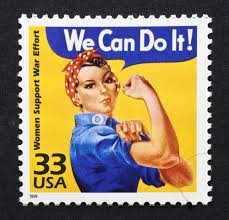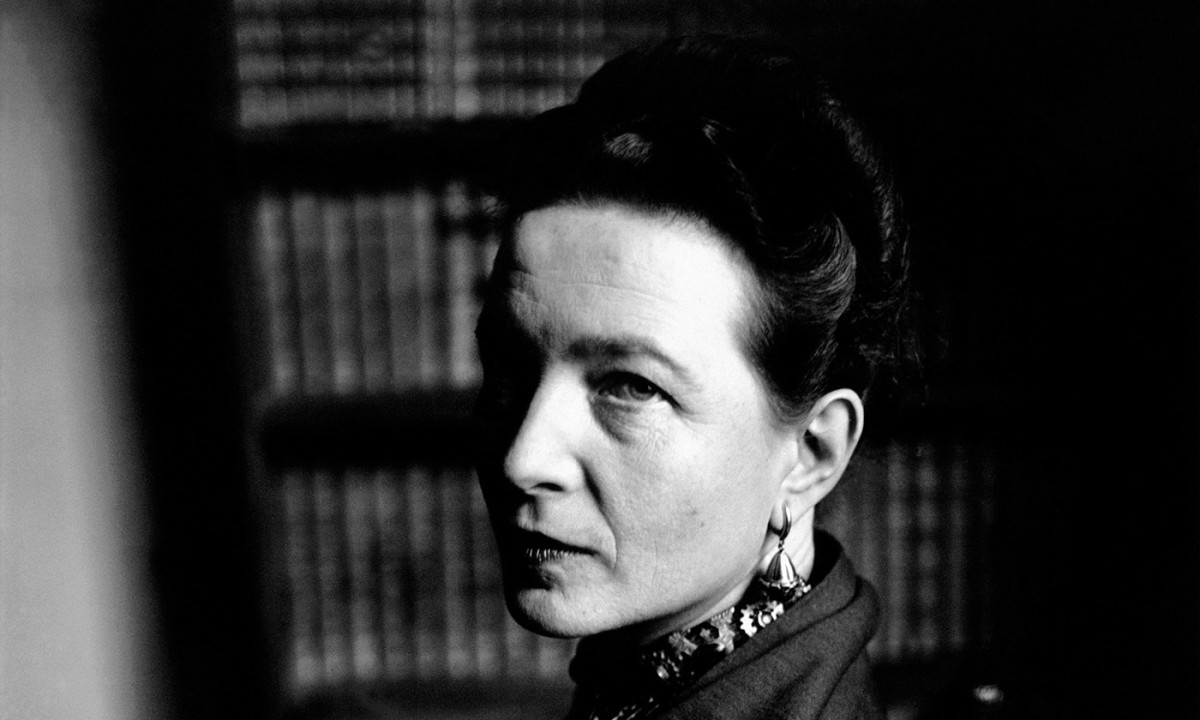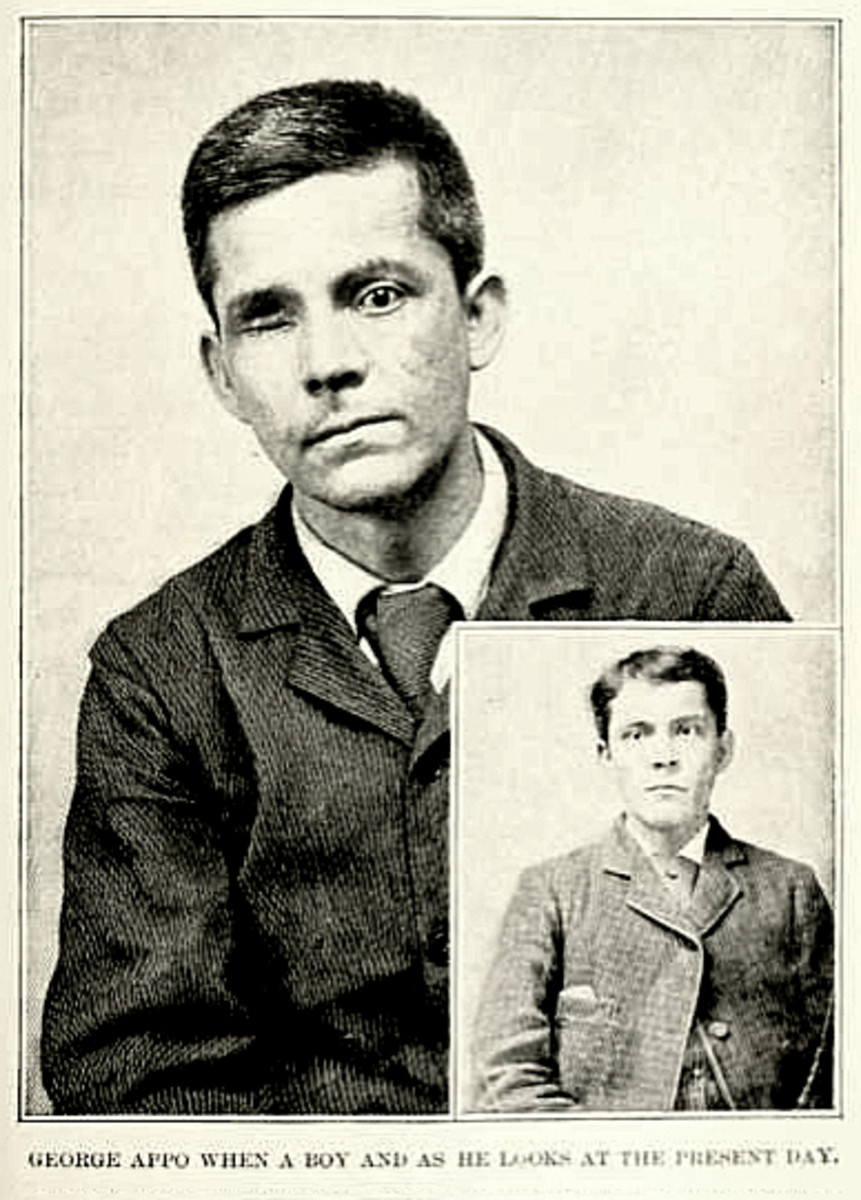- HubPages»
- Education and Science»
- History & Archaeology»
- History of the Modern Era
Modern Women's History in the USA
Women's History in the USA - Modern Era
History of Modern Women in the United States:
Their Struggle for Gender Equality
All information came from www.ushistory.org
(An Imaginary The New York Times interview of a historian)
Michael M. Nakade, M.A.
NYT: Thank you, Mrs. Nye, for your time to talk about the rise of feminism in modern-day U.S. First of all, why did you focus on feminism?
Nye: The world changed dramatically when the Industrial Revolution occurred. The specialization of work began, and factories and corporate offices began setting schedules for their workforce. As a result, the roles of women changed. This was the most significant turning point in the women’s movement toward gender equality.
NYT: How so?
Nye: The rise of industrial capitalism led to the creation of modern American cities. With this rise, social problems previously unseen in the nation emerged. Educated upper class and middle class women began voicing their concerns over the living conditions of poor urban dwellers. In so doing, they realized that they could become agents for positive change in society. Their demand for gender equality became more pronounced than ever before.
NYT: So, would it be correct to say that educated women led the Progressive Movements of the late 19th century and early 20th century?
Nye: Both men and women led the Progressive Movements. It just so happened that women such as Jane Addams led the way in improving the living in the cities. She is regarded as the founder of a new line of work which is known as social work. Alice Paul was very visible in demanding women’s suffrage during the time of President Wilson in the 1910s. She and other women made the passage of the 18th Amendment possible. Francis Willard was at the front of the Temperance movement. Her efforts along with the efforts of many other women culminated in the passage of the 19th Amendment, Prohibition in 1920.
NYT: Were there any female reformers who were controversial during the Progressive Era?
Nye: I can think of two figures right away. One is Victoria Woodhull. In 1871, she declared a woman’s right to love the person of her choice as inalienable. A devout feminist, Woodhull protested the male hold on politics by running for President in 1872. She became the first female American to do so at a time when women did not even have the right to vote.1 Margaret Sanger was by far the most controversial figure of that era. She worked tirelessly to lay the groundwork for the formal acceptance of birth control. Her mission in life was to teach women how to avoid unwanted pregnancy. To accomplish this, she established a nationwide system of clinics where women could obtain reliable birth control services. Her organization later became Planned Parenthood.2
NYT: I heard about Margaret Sanger escaping to England to avoid getting arrested. I imagine that many people were not comfortable talking about birth control in those days. Correct?
Nye: The topic of human reproduction is uncomfortable for many people, even in the year 2017. Back in the days of Margret Sanger, there was a law called the Comstock Law, which banned all mailings of materials of a sexual nature. As a special agent for the United States Postal Service, Comstock confiscated thousands of books and pictures he deemed objectionable. Over 3,000 arrests were made for violations of the Comstock Law. Sanger’s attempts to distribute information about contraceptives and birth control were against the law of the land.
NYT: I can understand why Sanger was controversial. Even today, the Democrats and Republicans argue about Planned Parenthood receiving federal funding. Laws pertaining to human reproduction are still hotly debated. Now, looking ahead to the second half of the 20th century, who were the key figures in the women’s movements?
Nye: Rosie the Riveter comes to mind. During World War II her poster was widely disseminated. She declared: “We can do it.” This slogan empowered ordinary housewives in the 40’s. Rather than staying at home, 6.5 million females entered the workforce and contributed to the war effort. They got a taste of the reward of earning their own paychecks and experienced a sense of independence.
NYT: However, in the 1950s, it seems that women again bought into the cult of domesticity. The role played by Barbara Billingsley in the hit sitcom “Leave It to Beaver” was that of a perfect wife and mother. She didn’t have any career ambitions. What was that all about?
Nye: After World War II, many G.I.s returned home and got married. The understanding was that the days of Rosie the Riveter came to an end when the war ended. Many men wanted wives that were housewives, and not career women. It was the 1950s version of “Return to Normalcy.” However, that was not the end of the story.
NYT: I imagine a bird released from its cage. During World War II, many birds got a taste of freedom and independence outside the cage. They agreed to go back into the cage after the war, but began longing for a sense of independence that could be only be obtained outside the cage.
Nye: That’s a good analogy. I must now mention one female figure that brought this issue to the forefront. Her name is Betty Friedan.
NYT: Please tell us about Friedan.
Nye: In 1963, Betty Friedan published a book called The Feminine Mystique that identified "the problem that has no name." Amid all the demands to prepare breakfast, to drive their children to activities, and to entertain guests, Friedan had the courage to ask "Is this all there is?" "Is this really all a woman is capable of doing?" In short, the problem was that many women did not like the traditional role society prescribed for them. Within three years of the publication of her book, a new feminist movement was born, the likes of which have been absent since the suffrage movement. In 1966, Friedan and others formed an activist group called the National Organization for Women. NOW was dedicated to the "full participation of women in mainstream American society."3
NYT: Specifically, what did NOW mean by “full participation of women in mainstream American society?”
Nye: These women demanded equal pay for equal work and pressured the government to support and enforce legislation that prohibited gender discrimination. When Congress debated the landmark Civil Rights Act of 1964, which prohibited discrimination in employment on account of race, conservative Congressmen added gender to the bill, thinking that the inclusion of women would kill the act. When this strategy backfired and the measure was signed into law, groups such as NOW became dedicated to its enforcement.4
NYT: But, not everyone support Betty Friedan and her National Organization for Women. Do you think that they were too radical?
Nye: In 1968, radical women demonstrated outside the Miss America Pageant in Atlantic City by crowning a live sheep. "Freedom trash cans" were built as containers in which women could throw away all symbols of female oppression including false eyelashes, hair curlers, bras, girdles, and high-heeled shoes. The media labeled them bra burners, although no bras were actually burned.5 Were those women radical? Probably. Just as Susan B. Anthony’s demand for women’s suffrage in the 19th century was not welcome by many men and women, the feminists of the 1960s turned off some people by actions which were considered extreme at the time.
NYT: But then again, sometimes it takes dramatic actions such as crowning a live sheep to get the message across. Susan B. Anthony, too, voted in one election just to get arrested for publicity. What do you think of that?
Nye: I totally agree. A movement of any kind ruffles some feathers. If you’re worried about offending some old-fashioned folks, you shouldn’t be in a movement for serious change. The feminists of the 1960s and the 70s were, in essence, demanding that women be valued for what they could do and achieve. They wanted to change the mindset of those men who thought of women as pretty trophies that could be possessed.
NYT: I think Gloria Steinem advocated exactly that when she published a magazine of her own called Ms. She encouraged all women to adopt the title Ms. as an alternative to Miss or Mrs. Her thing was that women’s identities should not depend upon their relationships with men.6
Nye: Very true. Steinem, too, wanted to change the mindset of people in regard to women. In the area of reproductive freedoms, the battles still raged. There were several Supreme Court cases in the 60s and 70s regarding contraceptives and abortion. The availability of the Pill was a game changer, but there was a strong resistance against making the Pill available to everyone.
NYT: Would you explain those cases?
Nye: Sure. When the Pill became available in the 1960s, some states weren’t ready for it. The Roman Catholic Church, for instance, stood firm on their principle that artificial contraceptives were sinful. Many states in the early 1960s prohibited the sale of contraceptives — even to married couples. Connecticut was one of those states and criminalized the promotion of contraceptives. A person by the name of Estelle Griswold of Planned Parenthood broke the law in Connecticut and was arrested. This case reached the Supreme Court, and the Court ruled that the Connecticut law violated the “right to marital privacy” and could not be enforced against married people. In Massachusetts, there was a law that insisted that contraceptives could be distributed only by registered doctors or pharmacists, and only to married persons. William Baird purposely disobeyed this law and handed out condoms to a 19-year-old single woman and got arrested. The case reached the Supreme Court and ruled in favor of Baird because the Massachusetts law violated the equal protection clause of the 14th Amendment. In other words, contraceptives must be made available to all, not just to married persons. 7
NYT: That is all very interesting. Then, of course, we had the Roe v. Wade case in 1973. This case just won’t go away even in the 21st century. I see a gigantic collision between liberal women’s reproductive freedoms and conservative people’s religious sensibility whenever I hear the word “abortion.”
Nye: You’re absolutely right. Now, let’s move on to an economic issue. Until recently, there was the real issue of wage gap. In the 1970s, Germaine Greer pointed out that for every dollar that was earned by an American male, a working American female earned 59c. 8 If this is not discrimination based on gender, I don’t know what gender discrimination is. NOW and other women’s organizations have worked hard to narrow the wage gap in the last 40 years.
NYT: So, how are we (women) doing today? Is the phrase “Glass Ceiling” still alive and well?
Nye: Corporations such as IBM, GM, Pepsi Co, DuPont, and Yahoo hired female CEOs. But, There are twenty female senators out of 100. When it comes to governors, there are only four female governors in 2017. So, we (women) are not quite there, yet.
NYT: What we really need is a female president of the United States!
Footnotes
- Chapter 39 d
- Chapter 39 d
- Chapter 57 a
- Chapter 57 a
- Chapter 57 a
- Chapter 57 a
- Chapter 57 b
- Chapter 57 a









